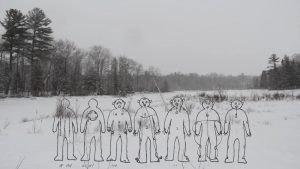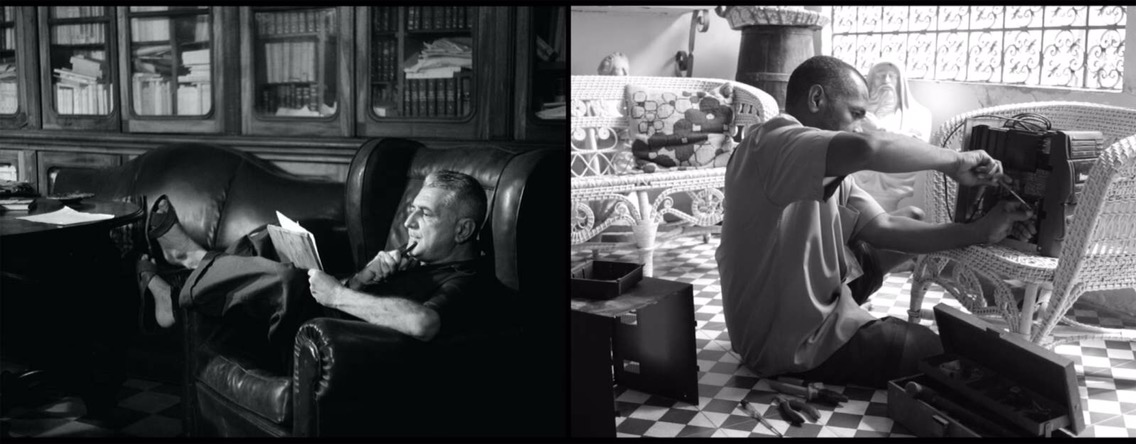I attended a screening at Hunter College for the film INAATE/SE by Zack and Adam Khalil. The film is about an ancient Ojibway story, the Seven Fires Prophecy. The prophecy resonates through the generations in their indigenous community within Michigan’s Upper Peninsula. The film includes documentary and narrative aspects with experimental forms. When the film started I thought it was regular documentary, because it was mostly interviews and shots of the landscape but then there was a twist. They had included a narrative aspect to it that was a little trippy as we see kids take some drugs to get closer to their culture and “traditions” and they end up killing the masked priest. I found it interesting when watching it how they try to stay true to their traditions but they sort of have to evolve and become more modern because of the time so it makes it difficult for a culture that is in tune with the Earth and nature.

The use of the found footage I enjoyed as well, as we see parents talk about their old school being burned down when they were children. I could tell that the story of the burning of that school, is a story that has been passed down generations, as most of their culture and traditions have been, I found that to be interesting. There was also a scene where we walk through the were they keep the pieces of art they show in the Metropolitan Museum and we see how they have taken this communities history and put them on display without asking if it was okay with them to do so. I enjoyed the film a lot and made me think about how they are speaking for hundreds of people in their community with this film and how powerful that is, to show people your traditions and culture in a way that doesn’t offend your community, takes a lot of responsibility.

